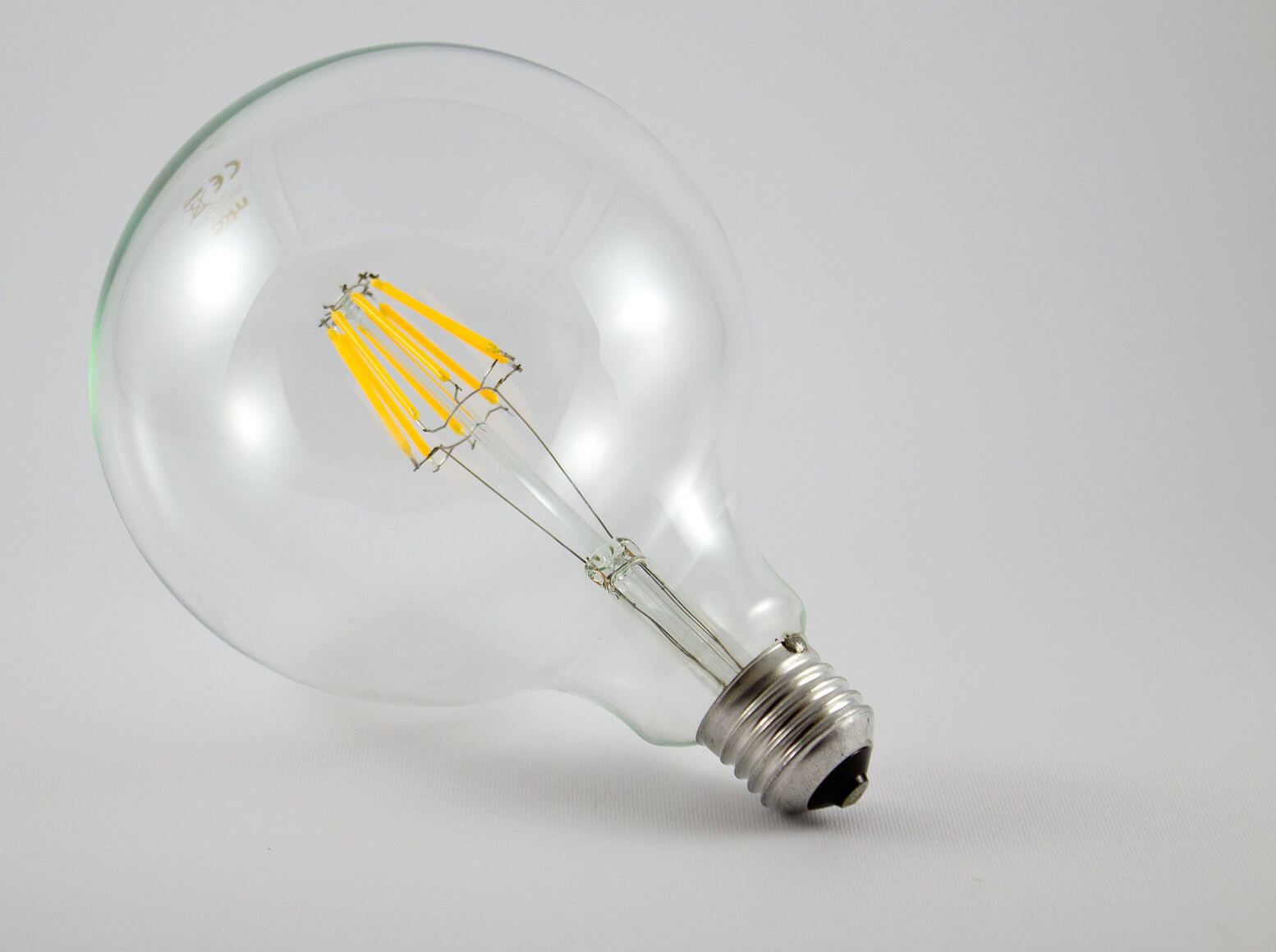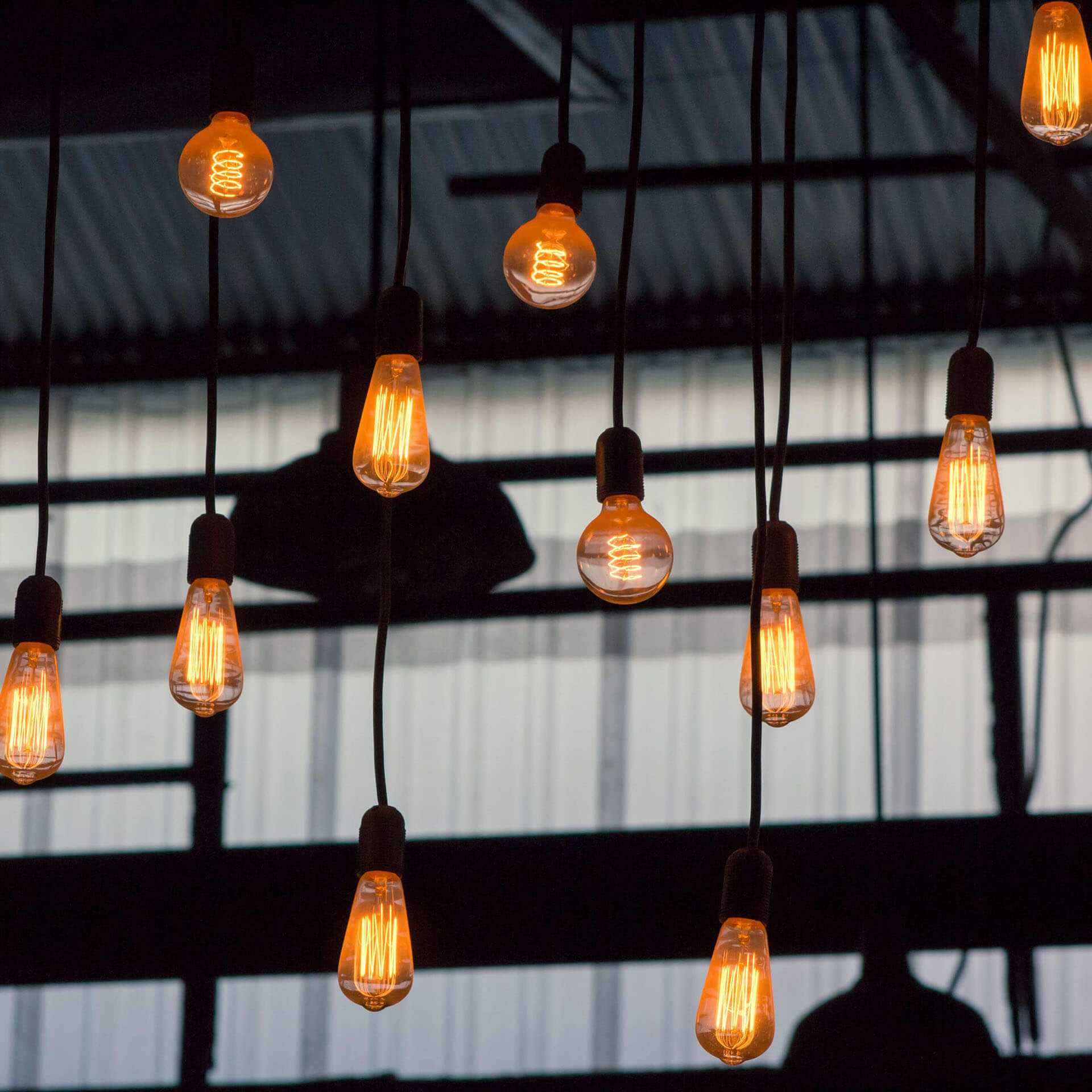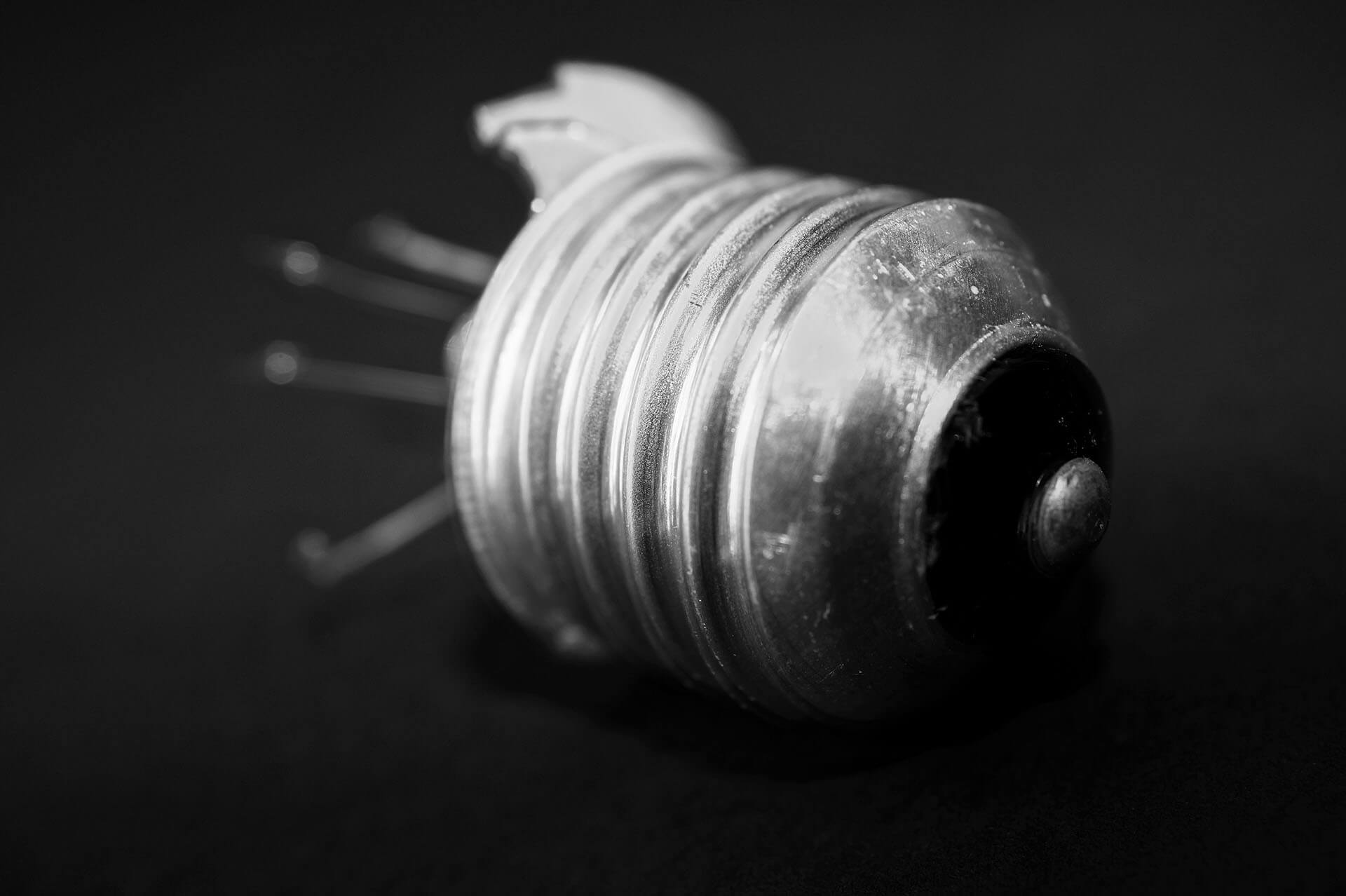
The long lifespan of LED light bulbs is one of their biggest benefits. Unlike halogen or incandescent bulbs, LEDs do not require frequent maintenance and once installed will not need replacing for years. LED light bulbs last so much longer because, unlike incandescent bulbs, they do not produce light by heating a filament, a delicate component that inevitably burns out.

Average rated life
LED bulbs suffer lumen depreciation over time, which means that they will gradually get dimmer. This decline will be too slow to notice, but once they drop to a certain point, they are considered to be at the end of their usable life.
Most domestic LED light bulbs are considered at the end of their life when they drop to 70% of their original brightness (sometimes referred to as L70). For others, it can be as low as 50% (L50).

How is the life of an LED bulb calculated?
All LED bulbs are subjected to rigorous testing to determine their average rated life. As part of this testing, the LED chips used within a bulb/lamp are illuminated and, under careful observation, their lumens output is continuously measured.
The collated data can then be input into a mathematic formula that, based on various algorithms, will calculate and predict the L70/L50 figures.

Do LED light bulbs last as long as they say?
Yes. Most customers, when using the LEDs as directed, will experience years of use without failure. Some may even exceed the estimated ‘life span’ and not see a noticeable depreciation of lumen/light output.
Unlike incandescent bulbs, LED light bulbs should not just fail at the end of their life. Their lumens/light output will instead depreciate over time, to the point where they no longer give off a useful amount of light.

Why do LED light bulbs stop working?
Whilst LEDs do not rely on a filament, this does not make then immune to failure. It is uncommon, but you may experience a sudden failure with an LED bulb.
LED bulbs generate far less heat than incandescent bulbs, but if they're faulty, they could overheat and stop working. Bulbs used in wet areas must be IP-rated, or water could damage them. Sometimes a bulb may just fail due to a manufacturing issue, most commonly when parts of the LED lamp have not been soldered together correctly.

 UK's #1 Specialist LED Retailer
UK's #1 Specialist LED Retailer
 Free Delivery Orders Over £50
Free Delivery Orders Over £50
 28 Day Returns Quality Guarantee
28 Day Returns Quality Guarantee